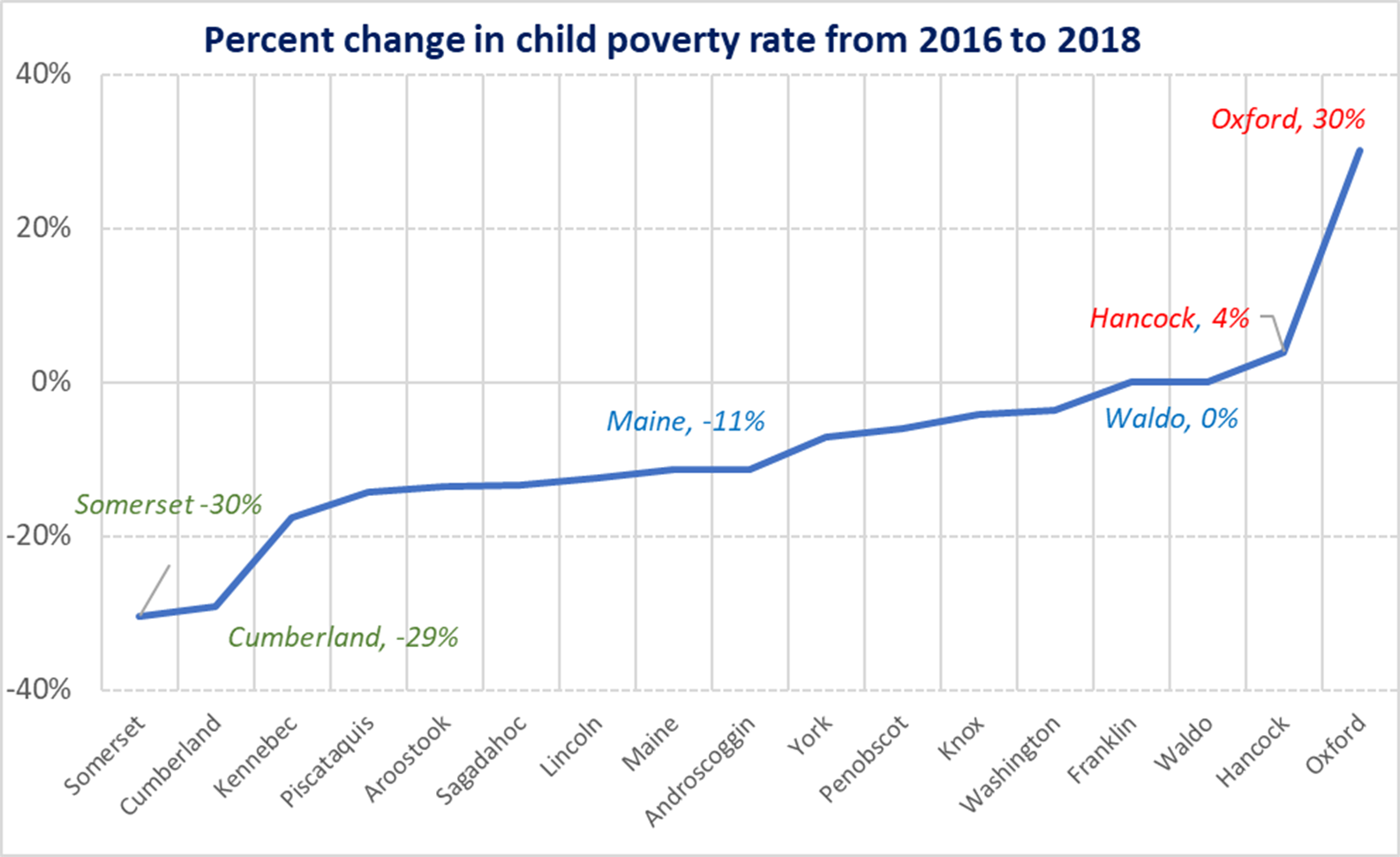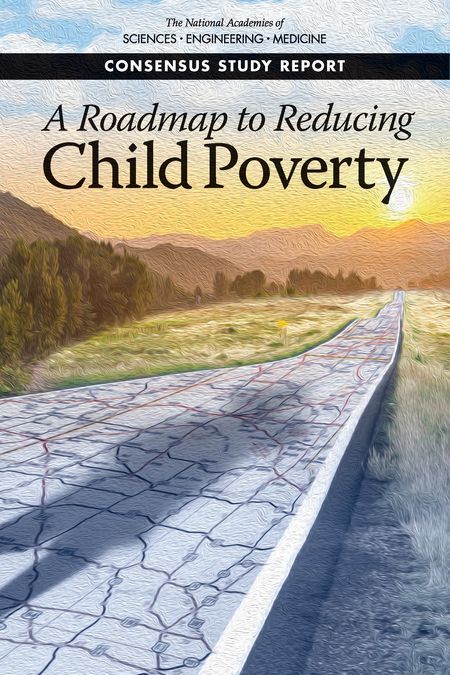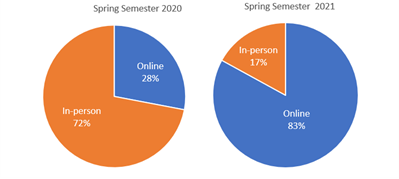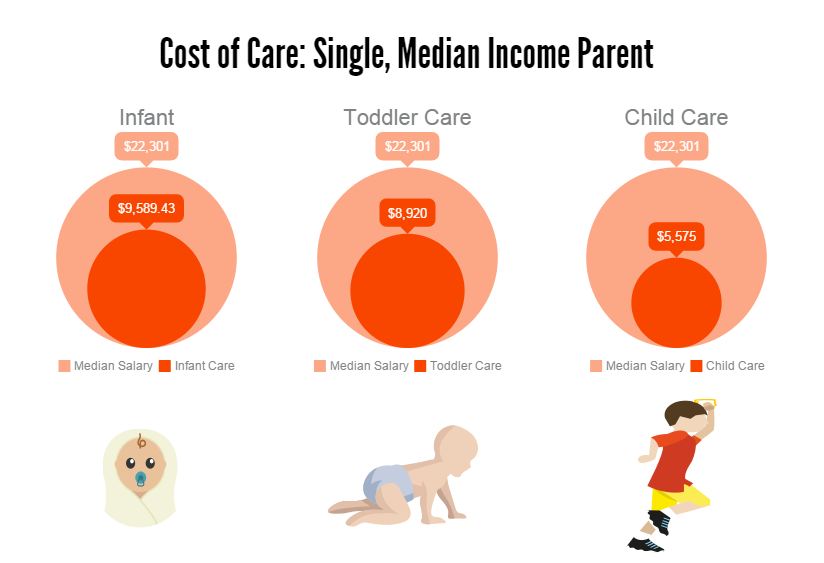Child poverty rates in Maine remained relatively unchanged for 2018, though wide disparities are evident by county
mainechildrensalliance • January 13, 2020

Growing up in poverty
and
What the data shows
The difference in child poverty rates in Maine from 2017 to 2018 is not statistically significant.
Maine's child poverty rate in 2018 is still higher than all the other New England states except Rhode Island

None of the other 13 counties had rates below the state average
in 2018, there were still an estimated
36,000 children growing up in the difficult conditions of poverty

What we can do
reducing the number of children living in poverty by half within 10 years
For Maine, the package (#3) likely to have the greatest impact on child poverty includes
- Increasing payments along the phase-in and flat portions of the Earned Income Tax Credit (EITC) schedule
- Converting the Child and Dependent Care Tax Credit (CDCTC) to a fully refundable tax credit and concentrate its benefits on families with the lowest incomes and with children under the age of five
- Increasing Supplemental Nutrition Assistance Program (SNAP) benefits by 35 percent as well as increasing benefits for older children
- Increasing the number of housing vouchers directed to families with children so that 70 percent of eligible families that are not currently receiving subsidized housing would use them
These policy recommendations offer us opportunities to implement meaningful changes within our state to reduce child poverty.

By mainechildrensalliance
•
July 15, 2025
Maine’s college students – like students of all ages – had their learning disrupted by the COVID-19 crisis. The impact on college enrollment in Maine reflects the trends nationally. Maine’s public university and community college systems have played a critical role in addressing the needs of students and American Rescue Act funds offer an opportunity for continued support to students to help them succeed in meeting their higher education goals.
By mainechildrensalliance
•
July 15, 2025
AUGUSTA, ME—On Tuesday the President released his blueprint for the federal budget , which if enacted, would be detrimental to Maine’s future and the health and well-being of our children, youth and families. The President’s proposals go back on the Federal Government’s long-held commitments to children in the areas of health, nutrition and education. These drastic cuts targeting programs like Medicaid, the Children’s Health Insurance Program (CHIP) and the Supplemental Nutrition Assistance Program (SNAP) will adversely affect child development in Maine and there will be serious consequences for years to come.
By mainechildrensalliance
•
July 15, 2025
Through the Maine state budget, we can support solutions that respond to the needs of the moment and invest in building a more vibrant, equitable future for our children. an unprecedented opportunity to strengthen and stabilize families who continue to face significant health and economic challenges related to the coronavirus pandemic. They also provide an opportunity to invest in the long-term recovery of our state, by investing in the programs and services that support the needs of working families, who are raising the next generation of Mainers, and who are the backbone of our workforce and communities.
By mainechildrensalliance
•
July 15, 2025
the American Health Care Act
By mainechildrensalliance
•
July 15, 2025
By mainechildrensalliance
•
July 15, 2025




